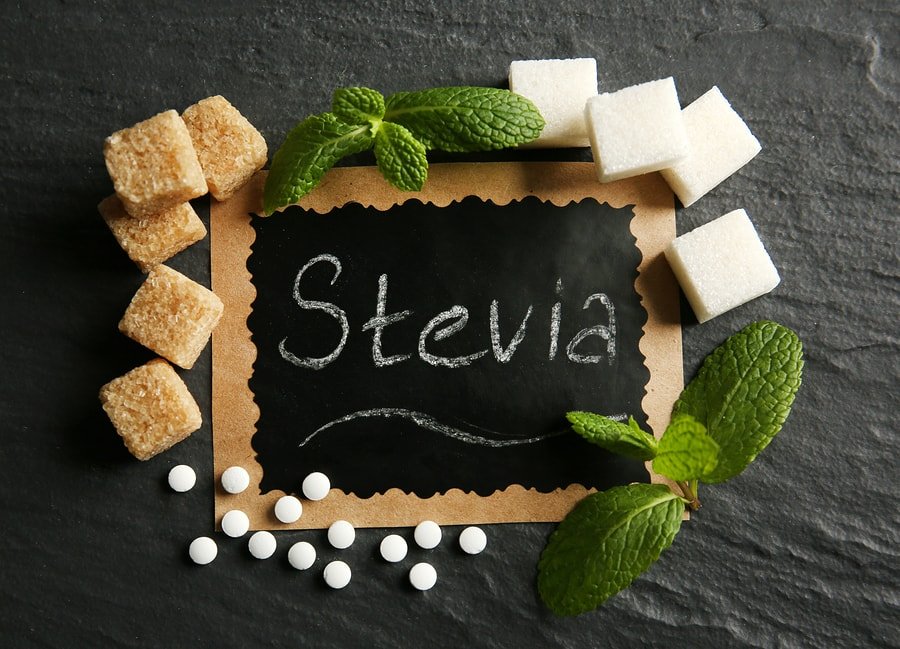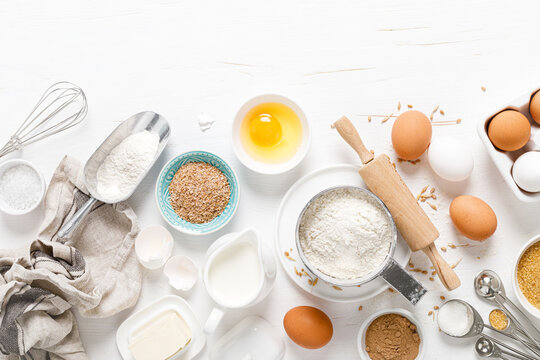
Is Stevia Safe? And it’s Uses in Cooking: Nature’s Sweet
Stevia plantation | Stevia Benefits | Sugar good for you | Why it is safe?
Stevia, a natural sweetener derived from the leaves of the Stevia rebaudiana plant, has surged in popularity as a sugar alternative. With zero calories, a low glycemic index, and a sweetness 200–300 times that of sugar, it’s no wonder that it is a favorite among health-conscious consumers, diabetics, and those pursuing low-carb lifestyles. But what exactly is it, and does it live up to the hype? This blog dives into everything you need to know about it, addressing its benefits, uses, safety, and common concerns.

What Is Stevia?
It is a perennial shrub native to South America, particularly Paraguay and Brazil, where indigenous peoples have used its sweet leaves for centuries to sweeten teas and medicines. The sweetness comes from compounds called steviol glycosides, primarily stevioside and rebaudioside A, which are extracted from the plant’s leaves. Today, it is cultivated globally and available in various forms: liquid drops, powders, granules, and even fresh or dried leaves.
How Is Stevia Processed?
It varies in processing levels, which can raise questions about their “natural” status. Here’s a breakdown:
– Whole-leaf stevia: Dried, ground leaves or fresh leaves used directly. This form is minimally processed but less sweet and may have a slightly grassy taste.
– Stevia extracts: Steviol glycosides are extracted using water or alcohol, then purified. Rebaudioside A, the sweetest and least bitter glycoside, is often isolated for commercial products.
– Highly processed blends: Many commercial products of it, like packets or baking blends, combine it extracts with fillers like erythritol, dextrose, or maltodextrin to mimic sugar’s texture and volume.
While whole-leaf it is closest to its natural state, purified extracts are more common in processed foods and beverages due to their neutral flavour. Critics argue that highly processed stevia products stray from being truly natural, but the core sweetening compounds remain plant-derived.
Health Benefits of Stevia

It’s rise to fame is largely due to its health advantages:
- Zero Calories: It provides sweetness without contributing to weight gain, making it ideal for weight management.
- Blood Sugar Control: With a glycemic index of zero, it doesn’t spike blood sugar, which is a boon for diabetics and those on ketogenic or low-carb diets.
- Dental Health: Unlike sugar, it doesn’t feed cavity-causing bacteria, potentially reducing the risk of tooth decay.
- Antioxidant Properties: Some studies suggest it contains compounds with antioxidant and anti-inflammatory effects, though more research is needed.
Is Stevia Safe?
Safety is a common concern with any sweetener, and it has been rigorously studied. Here’s the consensus:
– Regulatory Approval: The U.S. FDA, European Food Safety Authority, and World Health Organization have deemed purified steviol glycosides safe for consumption, setting an acceptable daily intake of 4 mg per kg of body weight. For a 150-pound person, this equates to about 10–12 packets of stevia sweetener daily.
– Whole-leaf vs. Purified: Crude stevia extracts and whole leaves are less studied and not universally approved for commercial use due to potential impurities. Stick to products labeled as purified steviol glycosides for safety.
– Side Effects: It is generally well-tolerated, but some users report mild digestive issues like bloating or nausea, often due to added fillers like erythritol. Allergic reactions are rare but possible, particularly in those sensitive to plants in the Asteraceae family (e.g., ragweed).
Concerns about it’s impact on fertility or kidney health stem from early studies on crude extracts in animals, but human studies on purified stevia show no such risks at moderate doses.
How Does Stevia Taste?
It’s taste is a frequent point of debate. High-purity rebaudioside A products taste clean and sweet, closely mimicking sugar. However, lower-quality extracts or whole-leaf, it can have a bitter, licorice-like aftertaste. To minimize this:
– Opt for brands using high-purity rebaudioside A.
– Start with small amounts, as it’s intense sweetness can overwhelm.
– Pair it with acidic ingredients (e.g., lemon) or other sweeteners to balance flavors.

Using Stevia in Cooking and Baking
It’s versatility makes it a great sugar substitute, but it has quirks:
– Baking: It lacks sugar’s bulking and caramelizing properties, so recipes may need adjustments. Use it baking blends or combine with ingredients like applesauce for texture.
– Cooking: It works well in beverages, sauces, and desserts. Liquid stevia is ideal for drinks, while powdered forms suit baking.
– Conversion: Since it is much sweeter than sugar, use conversion charts (e.g., 1 tsp of stevia powder ≈ 1 cup of sugar, depending on the brand).
Stevia vs. Other Sweeteners
How does stevia stack up against sugar, artificial sweeteners, and other natural options?
– Sugar: It has no calories or glycemic impact, unlike sugar, but lacks sugar’s textural benefits in baking.
– Artificial Sweeteners (e.g., Aspartame, Sucralose): It is plant-based and less controversial, with no links to health risks like some synthetic sweeteners.
– Honey/Maple Syrup: These are natural but calorie-dense and affect blood sugar, unlike it.
– Monk Fruit: Similar to it, monk fruit is a zero-calorie, plant-based sweetener but often pricier and less widely available.
Environmental and Ethical Considerations
It is generally eco-friendly, requiring less land and water than sugar cane or beet farming. However, large-scale production can involve chemical processing and monoculture farming, which may impact sustainability. Look for brands with transparent sourcing and organic certifications to support ethical practices.
Common Myths and Doubts Debunked
- Stevia is artificial: It is plant-derived, though processing levels vary. Purified extracts are still natural in origin.
- Stevia causes cancer: No evidence supports this in humans; studies show purified is safe.
- Stevia disrupts gut health: Limited studies suggest minor gut microbiome changes, but these are not conclusively harmful.
- Stevia is too good to be true: While not perfect (e.g., taste or baking challenges), it’s benefits are well-documented.
Who Should Use Stevia?
It is ideal for:
– People managing diabetes or blood sugar.
– Those seeking weight loss or low-calorie diets.
– Anyone reducing sugar intake for health or preference.
However, pregnant women, individuals with allergies, or those on specific medications should consult a doctor, as with any dietary change.
Wrapping Up
It is a game-changer for those seeking a natural, zero-calorie sweetener with minimal health risks. Its versatility, safety, and benefits make it a standout choice, though taste and processing concerns warrant attention. By choosing high-quality, purified stevia and experimenting with its use, you can enjoy sweetness without the guilt. Whether you’re sweetening your morning coffee or baking a low-carb dessert, it offers a natural way to satisfy your sweet tooth.
And if the idea of creating healthier versions of everyday recipes excites you, imagine what you could explore in a professional culinary course—where ingredients like it aren’t just substitutes, but tools to innovate, balance flavors, and redefine modern cooking.




